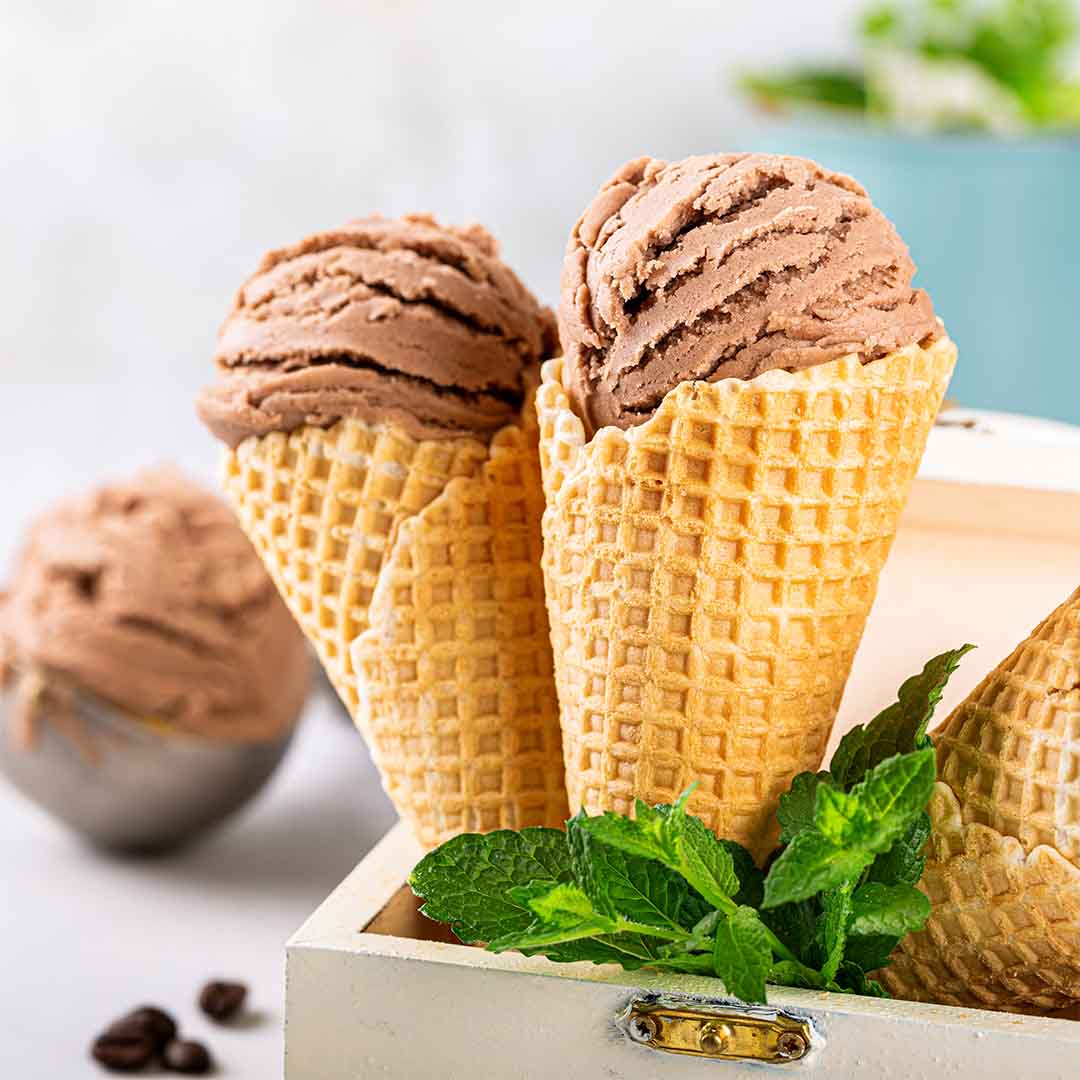Introduction:
Ice cream is undeniably one of the most beloved desserts worldwide, bringing joy and delight to people of all ages. But did you know there’s more to this frozen indulgence than meets the eye? In this fascinating compilation of fun facts, we will take you on a journey through the delightful world of ice cream, uncovering surprising tidbits of information that will leave you amazed. From historical anecdotes to mind-boggling statistics, prepare to discover the hidden wonders behind everyone’s favorite frozen treat!
Section 1: Origins and History
1.1 Ancient Origins:
- Explore the origins of ice cream, tracing back to ancient civilizations like China, Persia, and ancient Rome, where variations of frozen desserts were enjoyed.
- Uncover how these early creations evolved, leading to the development of the ice cream we know and love today.
1.2 Ice Cream for Royalty:
- Delve into the history of ice cream being a treat exclusively enjoyed by royalty and aristocracy. Discover how it became a symbol of wealth and luxury throughout various eras.
1.3 Presidential Passion:
- Learn about the close ties between ice cream and American presidents. Uncover past presidents’ favorite flavors and quirky ice cream traditions, showcasing their fondness for this frozen delight.
Section 2: Fascinating Flavors and Creations
2.1 Bizarre Ice Cream Flavors:
- Dive into the world of unusual and unexpected ice cream flavors that push the boundaries of taste. Discover the daring creations some ice cream lovers enjoy, from wasabi and bacon to avocado and garlic.
2.2 The World’s Most Expensive Ice Cream:
- Indulge in the extravagance of the world’s most expensive ice cream. Uncover the luxurious ingredients, such as edible gold and rare spices, that contribute to the jaw-dropping price tags attached to these frozen confections.
2.3 Inventive Ice Cream Innovations:
- Marvel at the creative minds behind unique ice cream inventions, including creating the ice cream cone, introducing liquid nitrogen ice cream, and developing plant-based and vegan alternatives.
Section 3: Mind-Blowing Statistics and Records
3.1 Ice Cream Consumption:
- Explore mind-boggling statistics on global ice cream consumption, revealing the staggering amount of ice cream enjoyed annually and the countries that lead the pack in indulging in this frozen delight.
3.2 The World’s Largest Ice Cream Sundae:
- Unveil the record-breaking efforts of creating the world’s largest ice cream sundae. Discover the enormous quantities of ice cream, toppings, and human resources required to achieve this tasty feat.
3.3 Guinness World Records:
- Delight in the wacky and wonderful ice cream-related records documented by the Guinness World Records. From the tallest ice cream cone to the largest collection of ice cream memorabilia, explore the extraordinary achievements related to this frozen treat.
Section 4: Ice Cream Around the World
4.1 Regional Delights:
- Take a journey around the globe and explore unique ice cream variations from different cultures and countries. From gelato in Italy to kulfi in India and mochi ice cream in Japan, discover the diverse and delightful frozen treats enjoyed worldwide.
4.2 Ice Cream Festivals:
- Immerse yourself in the vibrant celebrations of ice cream festivals held worldwide. Learn about this frozen delicacy’s fascinating traditions, events, and activities, bringing communities together in sweet unity.
Section 5: Ice Cream Fun Facts for Kids
5.1 The Science of Ice Cream:
- Introduce kids to the science behind ice cream, explaining concepts like freezing point depression and emulsification that make it possible to create this creamy treat.
- Engage young minds with simple experiments they can conduct at home to understand the science behind making ice cream and the role of ingredients like salt and ice.
5.2 Brain Freeze Explained:
- Shed light on brain freeze, scientifically known as sphenopalatine ganglion neuralgia. Explain why it occurs and share tips on alleviating discomfort when enjoying ice cream.
5.3 Ice Cream in Space:
- Spark curiosity by revealing how astronauts enjoy ice cream in space. Explore the challenges of eating frozen treats in a zero-gravity environment and the innovative solutions developed to make it possible.
Conclusion:
Ice cream has a fascinating story, from its ancient origins to its innovative creations and global popularity. The fun facts and revelations shared in this guide unveil the delightful secrets behind this beloved frozen treat. So, the next time you indulge in a scoop of ice cream, remember the rich history, the creative flavors, and the incredible world within each frozen bite. Let these fun facts serve as a reminder that ice cream is not just a dessert; it’s a delightful journey of discovery and a source of joy for all ages.

